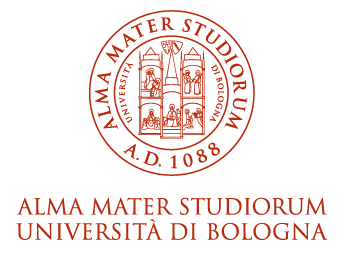- Docente: Andrea Luchetti
- Credits: 6
- SSD: BIO/05
- Language: English
- Teaching Mode: Traditional lectures
- Campus: Bologna
- Corso: Second cycle degree programme (LM) in Bioinformatics (cod. 8020)
Learning outcomes
At the end of the course the student, starting from the knowledge of the mechanisms of molecular evolution, will be trained in the study of phylogenetic inference and will be able to reconstruct phylogenetic trees based on several molecular markers, applying the State-of-the-Art bioinformatic tools in the field. In particular the student will acquire the basics of phylogenomics and will analyze case studies in phylogenetics and phylogenomics.
Course contents
Taxonomy, systematics and phylogenetics. How to read a phylogenetic tree: monophyly, paraphyly and polyphyly. Basics of molecular evolution: main mechanisms of evolution (mutation, selection, genetic drift). Nucleotide/amino acid substitutions, standing genetic variation, distribution of substitution in the genome: fast- and slow-evolving sequences. Genomes organization; protein coding and non-coding genes; repeated gene families. Omology, orthology and paralogy.
Coalescent theory and the "species tree - gene tree" problem. Molecular markers and their proper choice. Designing a phylogenetic study.
Methods of analysis: Sequence alignment (progressive, iterative and structural algorithm). Observed and expected genetic distance; multiple substitution and substitution models. Phylogenetic reconstructions: distance-based methods (UPGMA, Neighbor-Joining) and character-based methods. Optimality criteria: Maximum Parsimony, Maximum Likelihood. Nodal support: bootstrap, jackknife and Bremer support. Bayesian inference and posterior probabilities. Best tree search using Markov chain Monte Carlo (MCMC) method. Strict, relaxed and local molecular clock; chronograms and calibrations (fossils; paleogeography; secondary calibrations). Validation, sensitivity analysis and phylogentic biases: nucleotide compositional bias, signal saturation, long branch attraction, incomplete lineage sorting. Principle of phylogenomics: big data matrices and analyses. Examples of phylogenetic inferences: case studies. Resources: sequence database and data collection. NCBI databases and Blast searches.
Practical exercises: Ganbank search and dataset download/construction. Sequence alignment, alignment editing and phylogenetic noise removal. Data partition and the choice of the best substitution model. Use of Neighbor-Joining, Maximum Likelihood and Bayesian inference. Chronograms reconstruction and calibration using bayesian methods. Re-analysis and interpretation of reference data.
Readings/Bibliography
Naruya Saitou. Introduction to Evolutionary Genomics. 2013, Springer.
Philippe Lemey (ed.) . Phylogentic Handbook. 2009, Cambridge University Press.
Students will also study on the material provided by the teacher.
Teaching methods
Public letures and computer exercises.
Assessment methods
The exam at the end of the course aims to assess the achievement of
the following learning objectives:
- ability to align and analyze DNA sequences for phylogenetic analyses;
- understanding of the theoretical basis of the methods of phylogenetic and filogenomic inferences;
- ability to use the most common softwares for phylogenetic
inference.
Teaching tools
The exam at the end of the course aims to assess the achievement of the following learning objectives:
ability to properly analyze DNA/amino acid sequences for phylogenetic analyses;
understanding of the theoretical basis of the methods of phylogenetic and filogenomic inferences;
ability to carry out a proper interpretation of obtained phylogenetic inferences.
The final score is defined by oral examination.
Office hours
See the website of Andrea Luchetti
